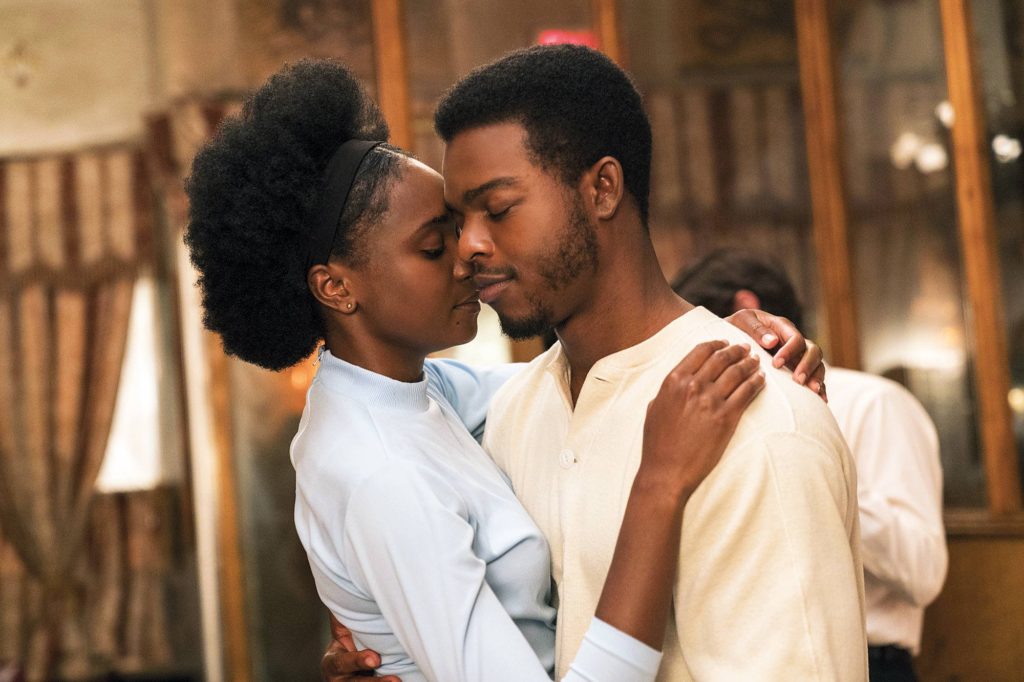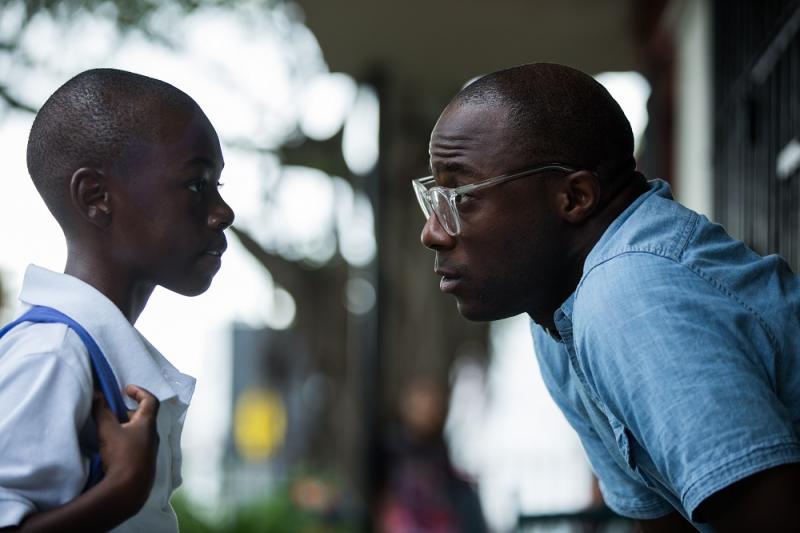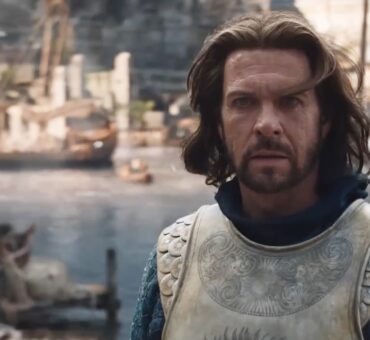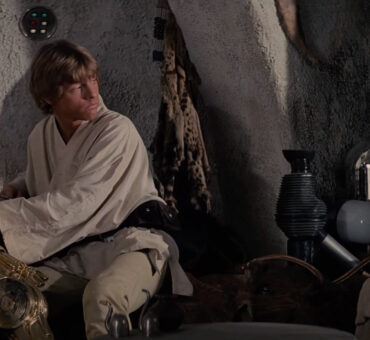In less than a decade, director Barry Jenkins became a household name in the world of filmmaking, establishing himself as one of the most accomplished and promising directors of our time. Widely known for his beautiful cinematography and fluid camerawork, Jenkins tackles culturally relevant topics in a way that’s both moving and approachable. And in each of his films, it’s easy to see the importance of music in his work. Using both score and soundtracks distinctly, Jenkins demonstrates how filmmakers can use music to develop characters.

Story Development Through Music
Jenkin’s musical styling, inspired by filmmakers like Claire Denis (also known for her prominent use of music), features both an original score and curated soundtrack to develop a story and its characters.
Unlike many filmmakers that use music to create a general tone or interpret a particular scene, Jenkins often uses music to flesh out characters: giving us a multi-dimensional understanding of who they are. He uses a score to express the deep feelings and emotional development of a character while using the soundtrack to help define their personality and history.
Film critics have said it’s as if Jenkins chooses songs that the characters in his film would listen to themselves. And they’re not wrong. Filmmakers can easily take this same approach by creating a playlist for each character in their story, incorporating the best songs into the film’s soundtrack.
Build playlist for your characters made entirely of licensable music by creating a new project on Musicbed.

The Contrast of Moonlight
We hear this musical strategy loud and clear in Moonlight, for which Jenkins won Best Picture at the Oscars, among other awards. There’s intentionality from the opening scene, featuring Boris Gardener’s “Every N— is a Star”. In an interview with Pitchfork, Jenkins noted that he first heard the song on Kendrick Lamar’s “To Pimp a Butterfly.”
“We were going through post-production and I felt like we had to rage at the beginning. I kept thinking I wanted to plant a flag at the very beginning of this film. It was taken from a blaxploitation film in the ’70s, and I thought that the purpose of that film aligned with the purpose of our film—that these lives are valid and they’re worth exploring. This movie isn’t about the entirety of the black experience, but in recognizing that people from our neighborhood don’t get films made about them often.”
In Moonlight, collaborating with composer Nicholas Britell, Jenkins creates a score that steadily embodies the deep pain and alienation experienced by the main character, Chiron, as a young gay black man struggling to survive a world that is hostile toward his very existence. The score is subtle, growing and building over time alongside the character. The focus sits squarely on what’s under the surface for Chiron, rather than emphasizing his personality or circumstance that changes more fluidly throughout the film.
Through the soundtrack, Jenkins expresses Chiron’s journey from a shy, innocent, fatherless child to a no-nonsense man who has been hardened by life and is now pushing drugs on the streets. There’s a small, joyful moment early in the movie when a young Chiron dances at school to “Mini Skirt” by the Performers. This moment is contrasted later when we see Chiron grown-up, in his tricked-out car, bumping “Cell Therapy” by Goodie Mob. “… who’s that peeking in my window, POW nobody now,” a track used to interpret where Chiron is now, a tough man suppressing his sexuality.
As these moments exemplify, the songs in Moonlight speak to the character’s personality and journey. At the same time, Britell’s somber and unworldly score grounds us in the reality of Chiron’s pain and isolation: a deeper, longer-lasting emotional state. It’s a prime example of the interplay of score and soundtrack to develop and define characters.

Intersection In If Beale Street Could Talk
The same is true for If Beale Street Could Talk, adapted from James Baldwin’s 1974 novel of the same name. Given its setting in 1970s New York, and the reference its title makes to music and the black experience, the film has a soundtrack that covers everything from Miles Davis to Al Green. These songs tell us about the characters in the story, Tish and Alonzo, and the world in which they inhabit. Each track represents the time and place of the film, and the type of music we could easily find these characters listening to at a given moment.
The score opposes the soundtrack, though, giving us less to know about the characters’ personalities and more about their emotional states. As tragic and solemn as the film may be, exploring systemic racism head-on, the score is an expression of love, which is the film’s true heart. It embodies the deep feelings of love that are shared between the characters despite their story and suffering. You can see how direct this is when looking at the song titles of the score, with tracks named for different types of love, such as “Agape, “Eros” and “Philia.”
Beale Street’s poignant, hopeful score is placed under a story that seems anything but. However, there are a few moments where everything comes together to create a special, intimate moment between characters.
One of the most poignant examples of this is the scene with Alonzo’s old friend, Daniel. After recently being released from prison, Daniel shares about his experience as a black man behind bars. The film quickly cuts to Tish, Alonzo, and Daniel eating together. Nina Simone’s “All That I Ask” plays on the record player. One critic, Patrick Preziosi, writes of this scene, “There’s perseverance in love, and with the music of Simone paired with the beautiful mundanity of friends eating in a home together, it’s an undeniably poetically uplifting moment in a film that can flip to tragedy within a second.”
This hopeful scene, while short-lived, represents a moment where soundtrack and score intersect. The characters’ deep love and unity are felt not only in composition but also in a track underscoring a shared experience.

Learning The Technique
Jenkins uses music to better develop characters and create empathy for them. By using both a score and soundtrack, he reflects a characters’ most profound feelings and desires. As viewers, we’re moved on a physical and visceral level. In an interview with The Wrap, Britell notes, “I really took to heart something Barry talked about, which is that with the music, I’m not trying to tell you what to feel. I’m actually trying to make pieces that feel the way you think the characters are feeling.”
Most filmmakers use music to create emotion, but the result is often a cheap, momentary reaction that doesn’t last beyond a scene. Jenkins, however, uses music to create a complex understanding of his characters—and, thus, his story—which gives it power and resonance.
Here is an opportunity to borrow an idea from Jenkins’ technique as you consider the role music will play in a project. Think about the ways a score can express the emotional complexity of a given character. Think about how your soundtrack defines their personality. By using music to take on this task, you are developing characters in a way that transcends acting or, perhaps, even the screenplay itself.
Get started defining the music of your film by listening to Musicbed’s curated playlists, requesting a free song search, or exploring the possibility of custom music.
For more examples of directors telling impactful stories, read about Sofia Coppola’s use of music in her films.




















































































